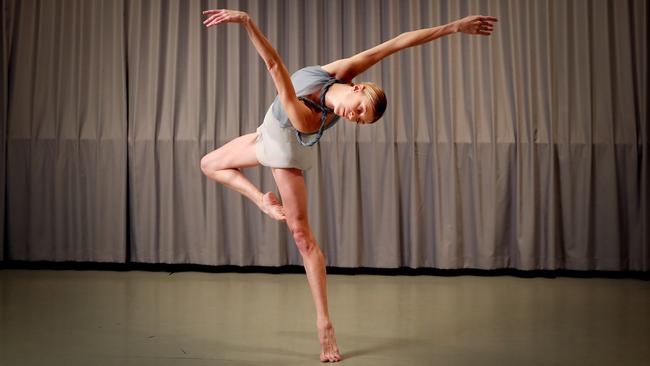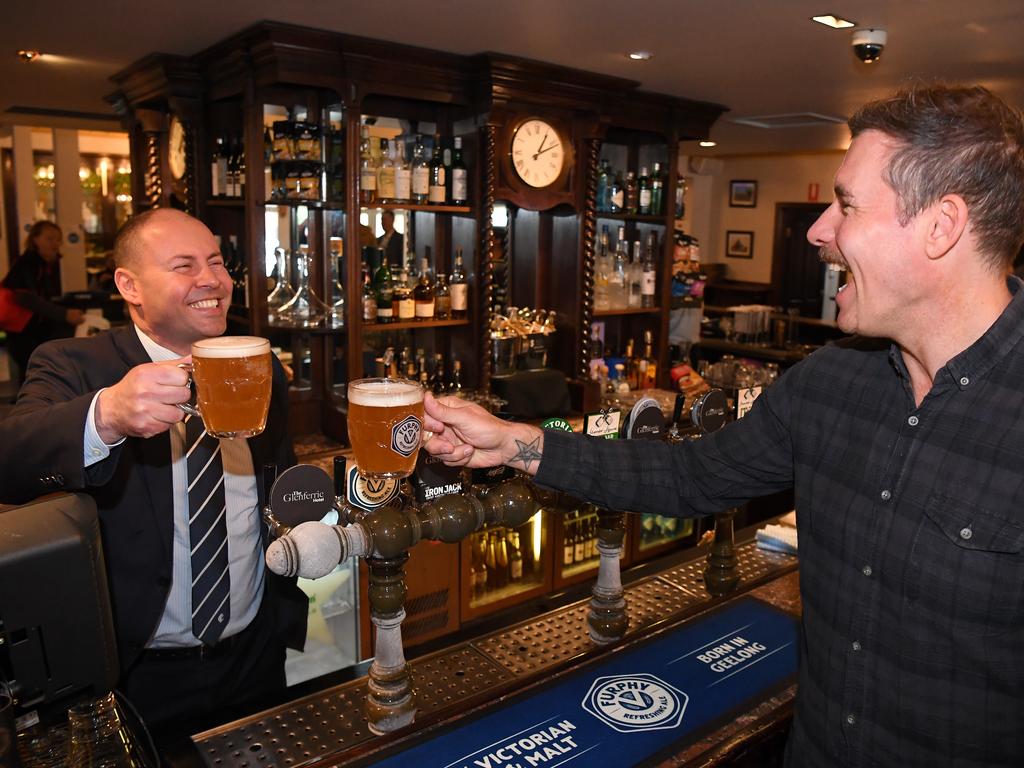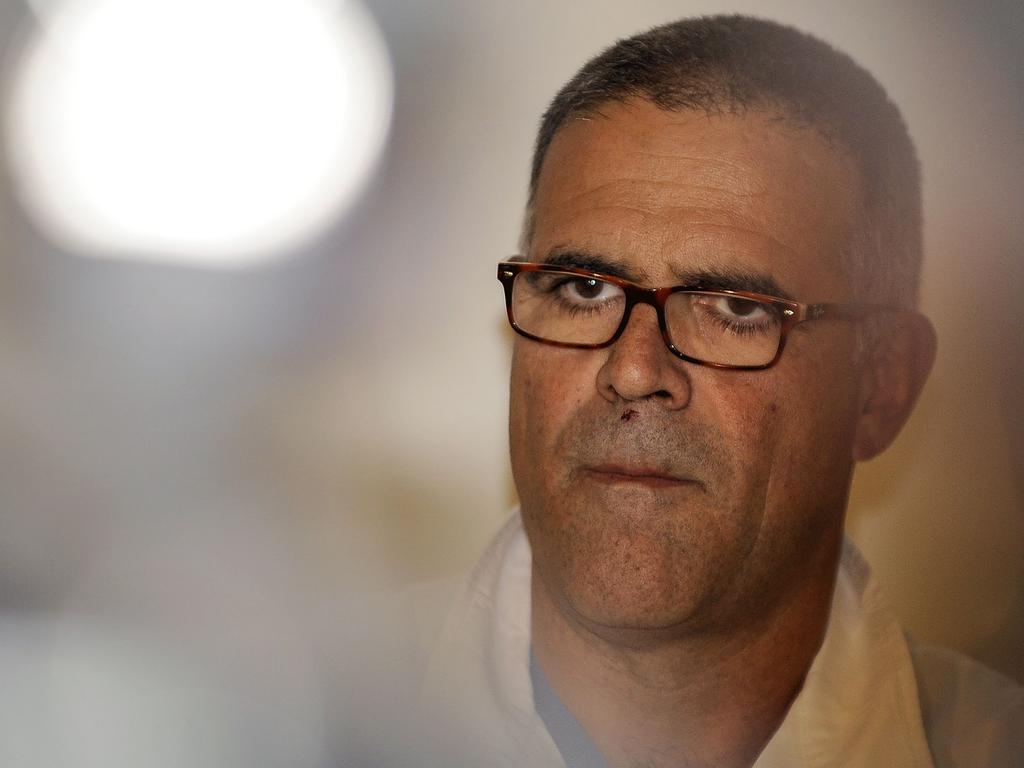Arts fund: the show must go on
Films, theatre and music festivals may get cash injections under Morrison government plan to revive arts.

Films, theatre productions and music festivals will be eligible for upfront cash injections under a plan the Morrison government is considering to revive the hard-hit arts sector.
The Australian has established that a coronavirus relief fund is the key option Arts Minister Paul Fletcher is considering as the federal government moves to restart the industry, which has been under serious strain after the pandemic shut theatres and closed productions.
Mr Fletcher had considered a subsidy to underwrite performances, as theatres are likely to remain partly filled because of social-distancing rules, according to Coalition sources who had been briefed on the discussions.
The pandemic has left major cultural institutions in dire financial situations. Sydney performance space Carriageworks called in administrators last month and other companies face sizeable losses after months of closure.
The Sydney Theatre Company is reviewing its 2020 line-up “to determine which parts of it are still viable”, STC Foundation chairwoman Gretel Packer told donors last month, while the Queensland Ballet postponed its season until 2021, saying it would be too expensive to return before January.
Despite these difficulties, the Sydney Dance Company is pressing ahead with new work. Its collaboration with the Sydney Symphony Orchestra, created in response to the pandemic, will be released later this week. The project, called Cuatro and consisting of four films choreographed by artistic director Rafael Bonachela and directed by Pedro Greig, will feature an SDC dancer and an SSO musician filmed in isolation.
Like other arts companies, the SDC is reshaping itself into a digital operation at a time when the absence of live audiences has greatly reduced revenue.
“While we can’t be on stages, we do have a role to play to continue to create work and contribute to the salve of humanity that’s needed at the moment,” said SDC executive director Anne Dunn.
Opera Australia, which has lost $75m in ticket sales because of the pandemic, wants social-distancing restrictions to be lifted and borders to be opened before it returns with performances of the Ring cycle and Aida in Brisbane from November.
The opera’s artistic director, Lyndon Terracini, who proposed using temperature checks and hand sanitising every audience member, said it was “not cost-effective to be playing socially distanced in a theatre”.
“The bottom line for us is we rely on performing and if we can’t perform, we’ve got no income and if we’ve got no income, it will be a disaster,” Terracini said.
A spokesman for Mr Fletcher said a shortage of capital would “make it hard to get things started again”.
“When you are putting on a new festival or a new production or a new exhibition, you need to invest substantial capital upfront,” he said on Monday. “So we are looking closely at these sorts of hurdles the industry faces as the economy starts to reopen. Getting the industry open again doesn’t just mean jobs for performers or artists, it would mean jobs for crew, for front of house, for people in ticketing and security and marketing and promotions.
“When people go to shows, they go to bars and restaurants and they might well book a hotel room if they have travelled to see the show — so there are spin-offs into activities and jobs in sectors like hospitality and travel.”
A proposal for a coronavirus relief fund has yet to make it to the government’s expenditure review committee, while the possibility of underwriting empty seats has been abandoned, sources close to discussions said.
The pandemic lockdown has crippled many performing arts companies, while others have moved performances online.
The Australian Chamber Orchestra will later this month launch a “digital season” to commemorate 30 years of Richard Tognetti as artistic director.
Playing to fewer than 1000 people is not viable for the company, with Tognetti moving the orchestra online.
“I’ve never worked so hard,” he said. “At first it was to keep subscribers who had paid all this money, but now it’s gone beyond that and we realise it’s going to be an important part of our future.”
Live Performance Australia chief executive Evelyn Richardson said social-distancing measures created unique difficulties for theatres, which needed at least 75 per cent capacity to remain viable. She said she hoped the government would consider an expansion of the JobKeeper program as well as support for both the Australia Council and the commercial sector. “There is a recognition that the arts and entertainment industry is going to require support to reactivate and rebuild as we move through the phases to reopening,” she said.
“Until we move into the spring, where we can really look at bringing our theatres and venues back to capacity, it’s just not commercially viable,” she said. “The sooner we can get our venues and our theatres reopened and start bringing back audiences, the sooner we can start building revenues and so on, but that’s going to take time.”







To join the conversation, please log in. Don't have an account? Register
Join the conversation, you are commenting as Logout